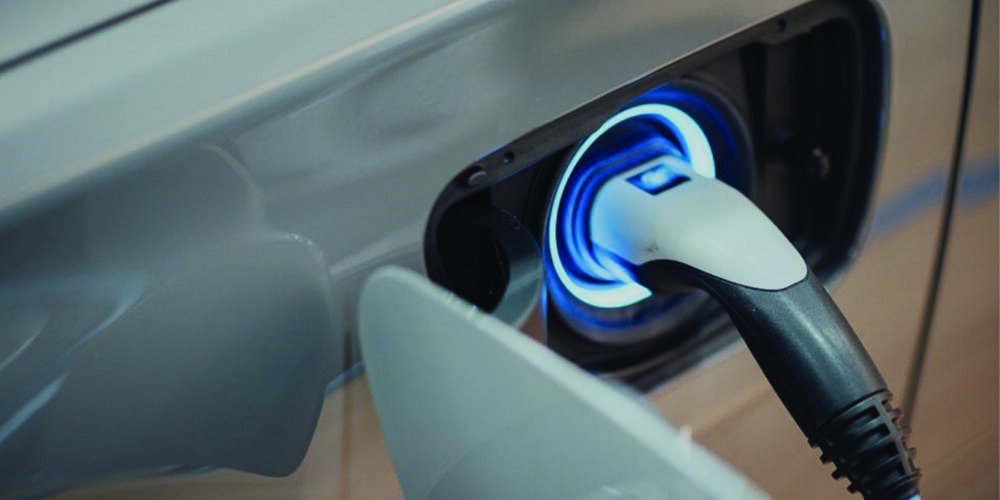
In November, it was reported that in the U.S. there is approximately $1.23 trillion in automotive financing debt (traditional loans and leasing) for both new and used vehicles, according to several financial analysts and federal institutions. What is really shocking is that for the past six years, outstanding vehicle debt has risen more than 57%. Some people are calling it an “auto loan bubble” that is just starting to burst.
To put vehicle debt in perspective, the student loan crisis is only $1.4 trillion and credit card debt is about $1 trillion. What is real humbling is the size of the U.S. aftermarket is only $381 billion, according to the Auto Care Association.
What do the billions and trillions of dollars mean for shops? On the street level, it all comes down to your customers’ budgets when it comes to maintaining and repairing their vehicles. It is a simple economic fact that a customer has a finite amount of money. If the budget is being spent making a car or truck payment, less is left to spend at your shop. But, when the bubble collapses, it will force the market to make corrections that will benefit your shop by making customers rethink the value of maintaining their vehicles. This is the silver lining.
How We Got Here
The rapid growth in auto loan debt is the result of several factors including new car prices, a growing subprime segment and an overvalued new and used car market. Part of the growth in auto loan debt can be put on more expensive vehicles with more safety and technology features being financed. The average new car price is around $36,000, and it is up $4,000 from just five years ago. Used vehicles have an average price of $21,000, also up about $4,000 from five years ago. But, the good news here is that more expensive vehicles typically translate into more expensive parts and more diagnostic labor for shops.
Part of this inflation of prices might be the result of consumers having more financing options to drive the vehicle they desire, even if they don’t have the credit rating or down payment, much less the money for maintenance and repairs.
In the past, most financing institutions had rules against issuing loans on used vehicles that were older than 10 years or had more than 100,000 miles. The rationale was that vehicles with advanced age or high mileage depreciated quickly and it would be more difficult for the lender to get back some of their investment if the vehicle was repossessed. Lenders also fear that drivers might stop paying their loan if the vehicle was not drivable. But, those boundaries are being pushed to 15 years and 130,000 miles by some lenders. This abundance of financing options has artificially inflated the prices of used older vehicles because they are valued higher by used car dealers. For used car dealers, that used 11-year old, 120,000-mile car or truck is no longer priced according to what the driver can afford, but priced according to how much it can be financed.
The Correction
If the auto loan bubble bursts, the market will correct itself. Without loans that support poor transportation choices, used car pricing will plummet. Customers stuck paying off car loans will be stuck in their current vehicle because the trade-in price will have also dropped. Suddenly, it will make more sense to repair and maintain a car than to trade in their old vehicle.













